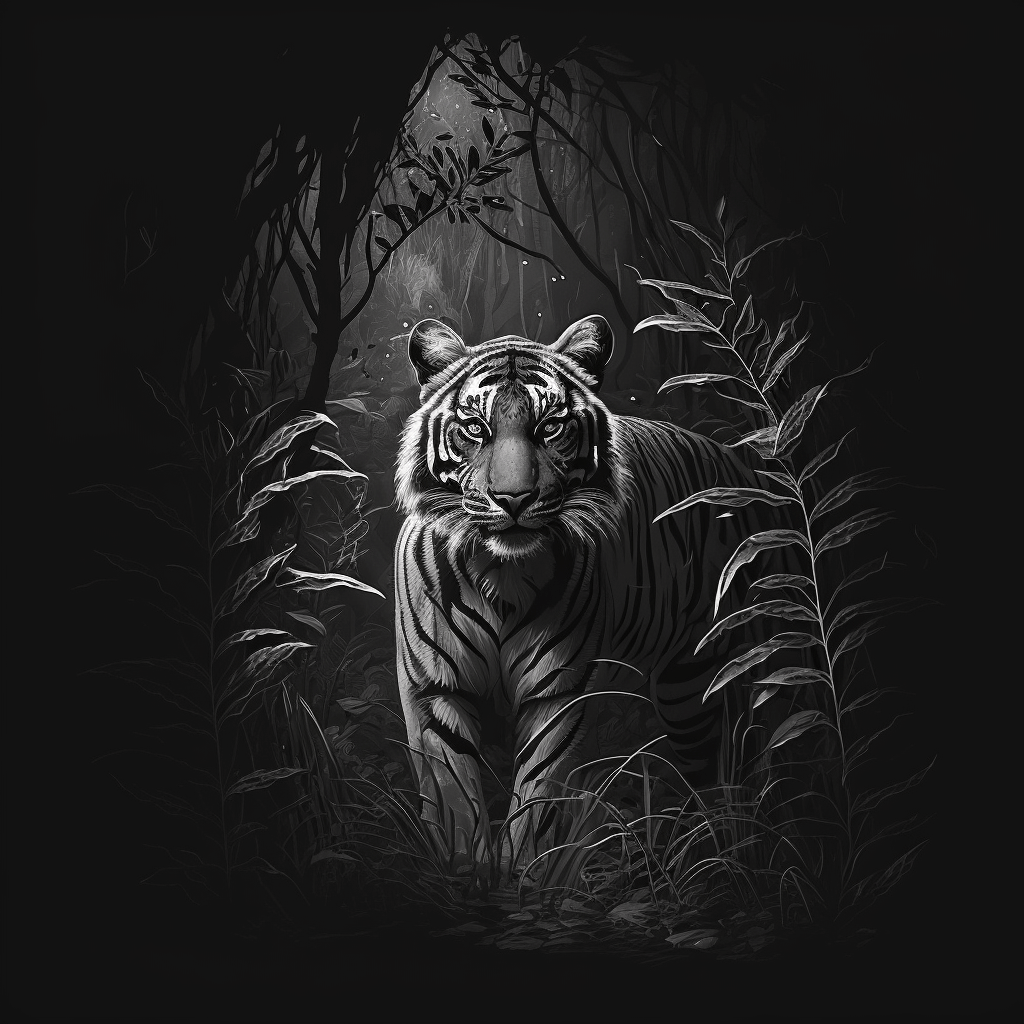Tyger! Tyger! burning bright,
In the forests of the night,
What immortal hand or eye
Could frame thy fearful symmetry?
In what distant deeps or skies
Burnt the fire of thine eyes?
On what wings dare he aspire?
What the hand dare sieze the fire?
And what shoulder, & what art,
Could twist the sinews of thy heart?
And when thy heart began to beat,
What dread hand? & what dread feet?
What the hammer? what the chain?
In what furnace was thy brain?
What the anvil? what dread grasp
Dare its deadly terrors clasp?
When the stars threw down their spears,
And water’d heaven with their tears,
Did he smile his work to see?
Did he who made the Lamb make thee?
Tyger! Tyger! burning bright
In the forests of the night,
What immortal hand or eye
Dare frame thy fearful symmetry?
Short Poem Analysis
"The Tyger" by William Blake is a thought-provoking and symbolically rich poem that delves into the complexities of creation, innocence, and experience. Through its vivid imagery and repetitive structure, the poem explores the nature of good and evil, as well as the relationship between the divine and the earthly.
The poem begins with the speaker addressing a "Tyger," which is presented as a powerful and fearsome creature. The imagery of fire, burning, and forging suggests a sense of energy and intensity, symbolizing both creation and destruction.
Throughout the poem, the speaker raises questions about the origin of the Tyger and its creator, who is referred to as "he" in the final stanza. The speaker ponders how a benevolent creator could fashion such a fierce and menacing creature. The repetition of the question "Did he who made the Lamb make thee?" emphasizes the speaker's bewilderment and sense of paradox.
The poem's rhythmic and rhyming structure creates a sense of symmetry, echoing the symmetrical patterns found in the Tyger's own creation. This symmetry contrasts with the complex and often contradictory nature of the questions raised.
"The Tyger" is part of Blake's broader exploration of innocence and experience, as seen in his collection "Songs of Innocence and of Experience." The poem questions the duality of creation, suggesting that both good and evil exist in the world, and that the creator is responsible for both aspects.
The use of powerful imagery and repetitive questions creates a sense of wonder and contemplation, inviting readers to ponder the mysteries of existence and the complexities of human nature. "The Tyger" ultimately prompts reflection on the inherent contradictions and dualities within the world, inviting readers to grapple with the profound and enduring questions it poses.

